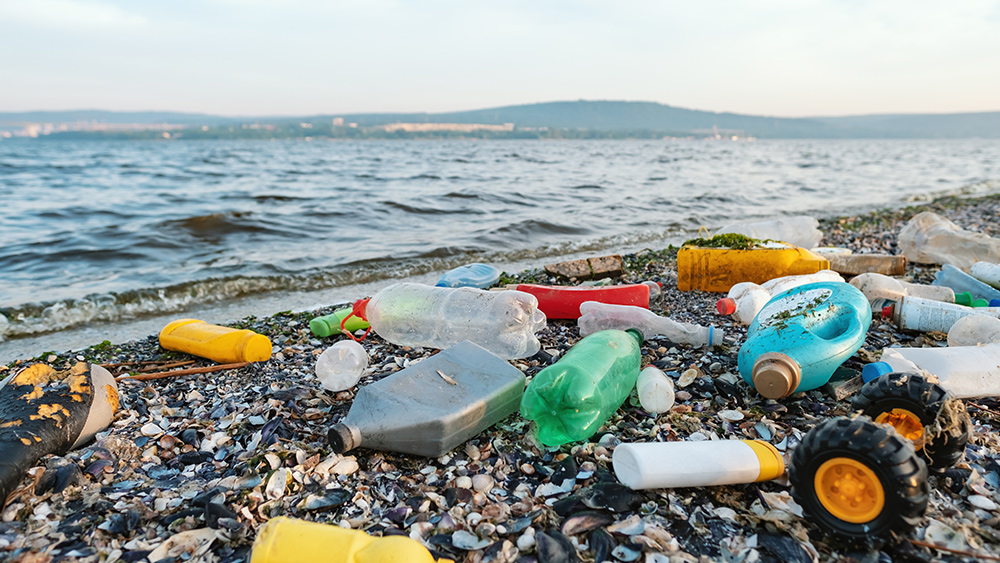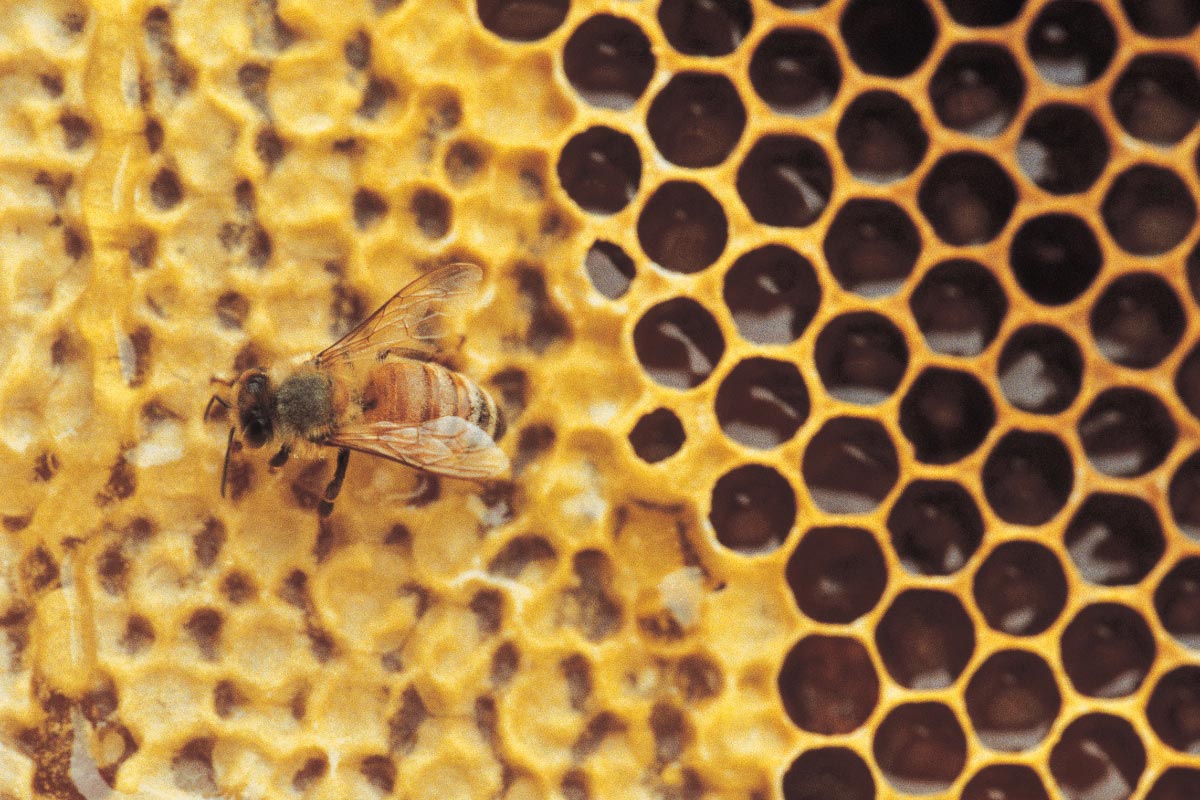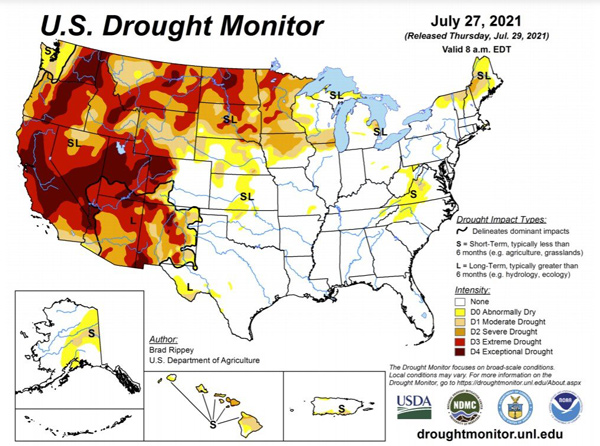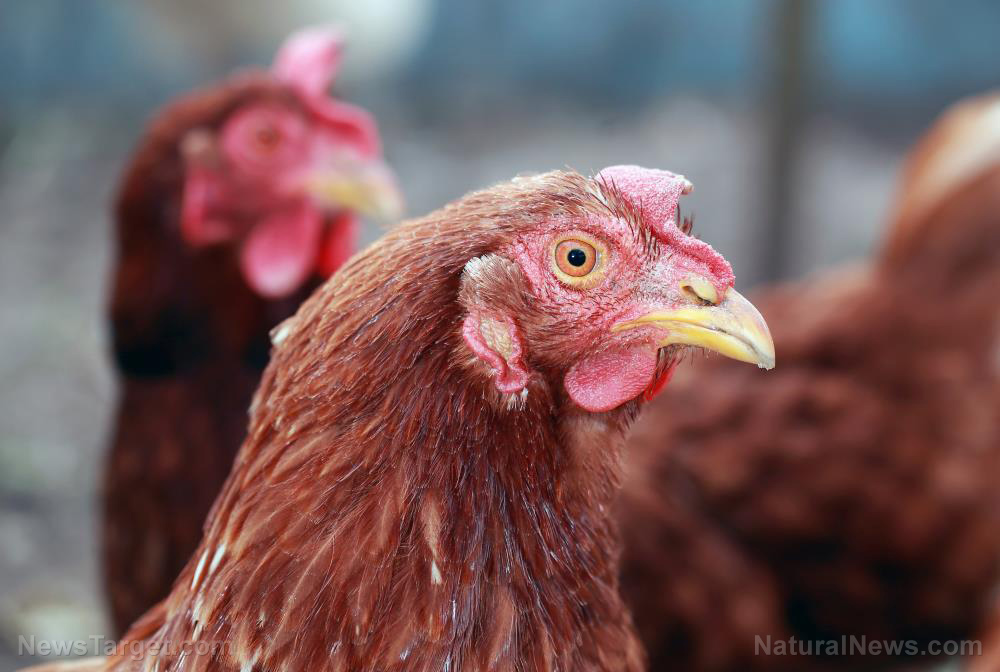Appalachian apple hunter has saved more than 1,000 lost varieties of fruit
05/27/2022 / By Cassie B.
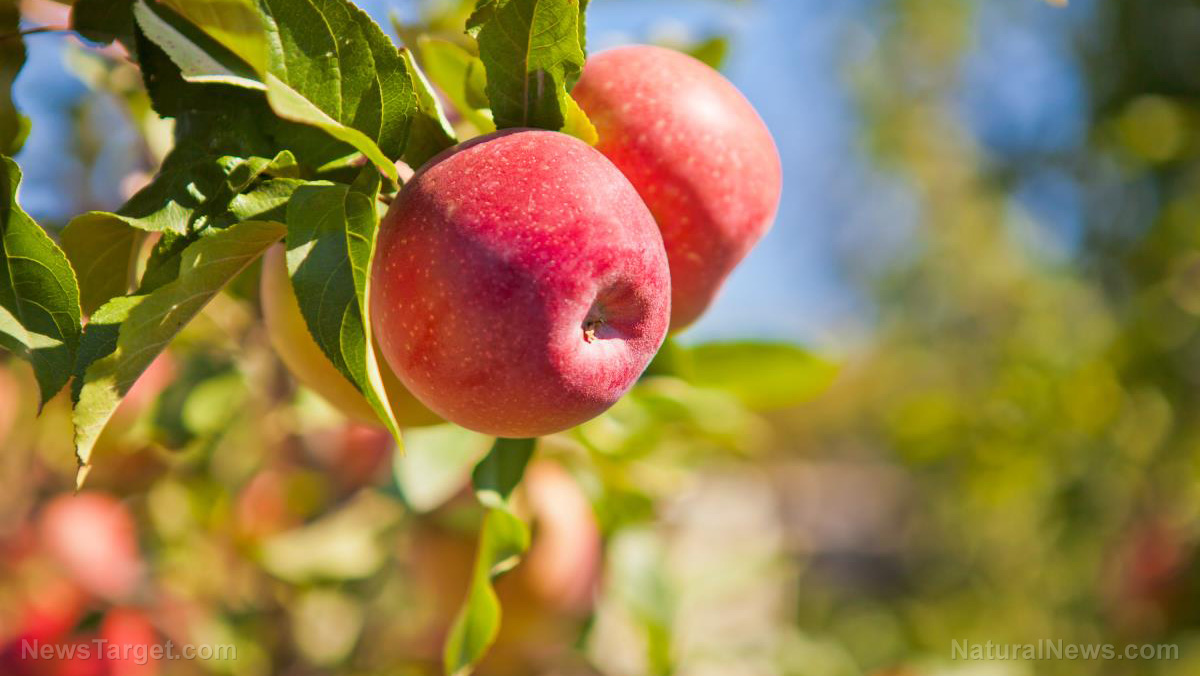
We are constantly bombarded with stories about various species in both the plant and animal worlds going extinct due to human activity, but sometimes the opposite happens. And in the case of Tom Brown of North Carolina, one man’s efforts have been responsible for reclaiming around 1,200 lost varieties of apples.
Brown, a retired chemical engineer, has turned a retirement hobby into an effort full of intrigue and victory. The 79-year-old has spent the last 25 years searching for lost heirloom apples around the Appalachian region and bringing them back to life. On his two-acre orchard, he is growing 700 of the rarest apples he could find, many of which have not been sold commercially for more than a century and others that came from the last known trees of their type in existence.
Brown, who grew up in western North Carolina, has spent countless days knocking on doors and asking around about old apple trees. He recounted how he successfully tracked down the legendary Junaluska apple after seeing references to it in an orchard catalog from the Antebellum era in Franklin, North Carolina. Standardized by the Cherokee Indians more than two centuries ago, it was once a Southern favorite before disappearing around 1900.
He ended up tracking down a rural orchard that closed in 1859 with help from an elderly woman living in the area. It had long since been swallowed by a forest, but he was able to find a single Junaluska tree during fruiting season, clip scionwood from it for his conservation orchard, and reintroduce the prized apple to the world.
Apples in Appalachia have a fascinating history
It’s just one of countless similar tales involving him rescuing apples in a race against time; many of those who still know something about the locations of unique apples are in their 80s and 90s today. With trees being lost every year to pests, blights, storms and development, his success has been remarkable.
Brown says he first became interested in heritage apples after seeing a stand with a few of them in baskets at a historic farmer’s market in 1998. Drawn to their unique colors and interesting names like Bitter Buckingham and Billy Sparks Sweetening, he tasted the apples and was surprised by the remarkable range of textures and flavors they offered.
He learned from the orchardist selling the apples, Maurice Marshall, that there could still be hundreds of lost apples out there waiting to be reclaimed and became interested in tracking them down, telling Atlas Obscura: “That part stayed with me. I kept thinking: ‘How neat would it be to find an apple nobody’s tasted in 50 or 100 years?’”
Interestingly, there were around 14,000 unique varieties of apples in commercial orchards in 1905, most of which were in Appalachia. They were popular for several reasons, one of which was the fact that drinking water was not always safe and many people became ill from drinking contaminated water at the time. Fermented beverages like cider were the drink of choice for colonists who couldn’t afford to import wine and saw Old World grapes being killed easily by native pests. Apple orchards were easier to grow and maintain than barley for beer, and apple orchards popped up everywhere the growing conditions would support them.
They weren’t just cultivated for cider, however. Homesteaders and farmers grew diverse orchards for both eating and surviving. They ensured varieties would grow at different intervals for a steady supply throughout the year and chose different types to address a range of culinary functions, from eating, making vinegar and baking to dehydrating and finishing livestock.
Urban migration, corporatized food systems and factory farmers eventually saw many of these orchards forced out of business, and by the 1990s, American commercial orchards became focused on just a handful of the apple varieties that hold up well to shipping and selling.
Brown’s story shows just how much of a difference people can make in preserving nature if they have the desire and make the effort. However, he says the most thrilling part of this hobby is the challenge of finding old apples. “Saving an apple from the brink of extinction is a miraculous feeling. It’s incredibly rewarding—and incredibly addictive!”
Sources for this article include:
Submit a correction >>
Tagged Under:
apple trees, apples, conservation, Ecology, environment, extinction, food supply, Fresh, fruits, green living, harvest, heirloom apples, home gardening, orchard, organic farming, organics, preservation
This article may contain statements that reflect the opinion of the author
RECENT NEWS & ARTICLES
COPYRIGHT © 2017 ENVIRON NEWS






